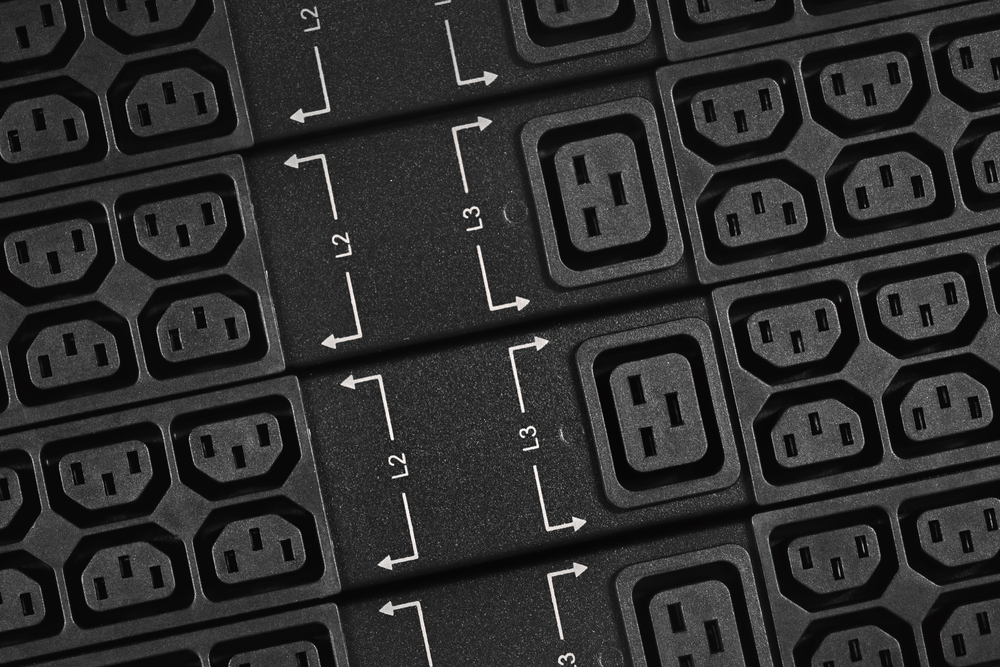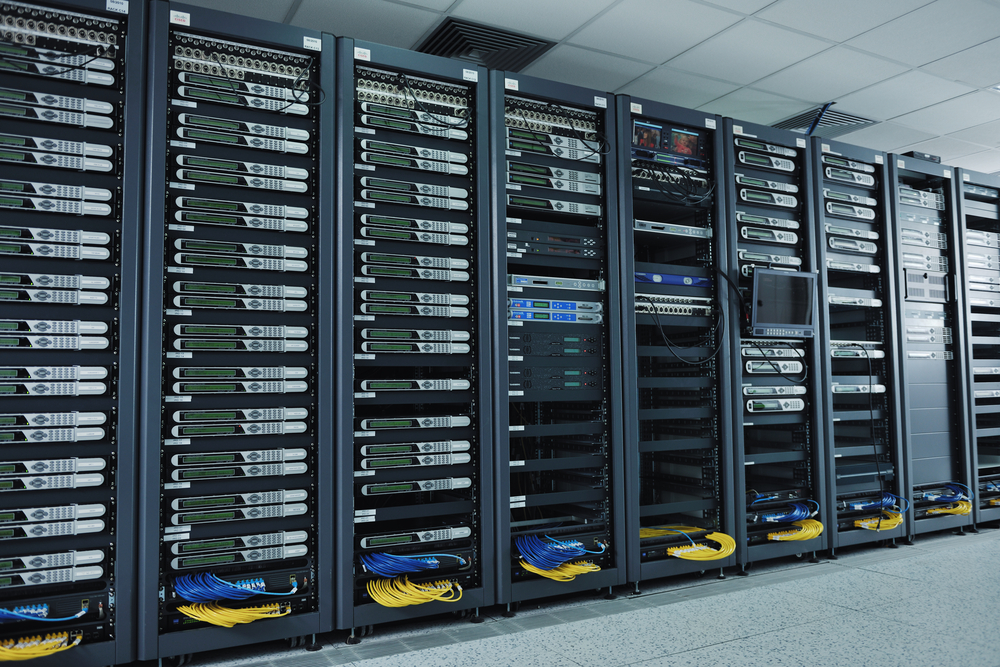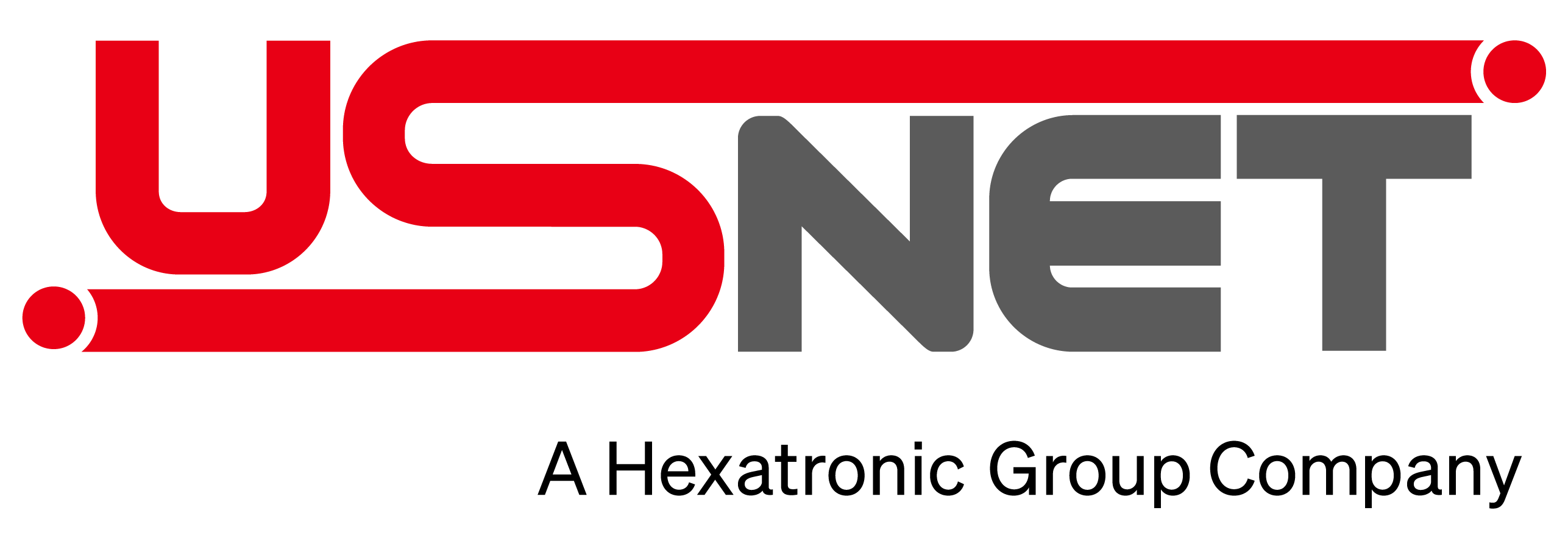
Server racks consume large amounts of power, and basic power strips simply aren’t sufficient. Data center rack densities have increased in recent years, with one report noting a rise in server rack density from 5.1kW in 2017 to 8.4kW in 2020. Larger data centers may see power needs upwards of 50kW per rack as they aim to “support multiple high-intensity applications running simultaneously.”
As technology continues to evolve and grow in sophistication and intensity, data centers must assess their infrastructure and power network to ensure uninterrupted service to their servers. Power distribution units (PDUs) are a great solution.
What is a PDU?
A power distribution unit (PDU) is a type of power strip that is built specifically for the high demands of a data center. While PDUs have outlets for your equipment, their real job is to act as circuit breakers, defending your equipment from electrical overload.
There are many kinds of PDUs, such as:
- Rack-mounted PDUs. These feature a strip of outlets mounted on the back of a server rack and are a cost-effective, reliable, and widely applicable solution.
- Floor-mounted PDUs. These are typically larger distribution strips attached to the floor. Often these PDUs serve several racks at once.
- Portable PDUs. These are smaller units that can be moved throughout the data center and are often used for testing or during installation.
Furthermore, most types of PDUs can be found in either basic or metered varieties. Basic PDUs are just that: a basic power strip built for the environment. Metered PDUs are a bit more expensive but have many more features. They can keep a record of power consumed, ring an alarm if something is wrong, and even switch off outlets to preserve power. PDUs also offer redundant network connections to further protect your equipment and stored data.

Which PDU is right for you?
Choosing the right PDU is an important decision. First, be sure to evaluate your current and expected power needs.
Some factors to keep in mind during the evaluation process include:
- Equipment amperage levels
- Mounting requirements
- Data center layout
- Business goals
- System architecture
- Monitoring options
With more monitoring and more power safety, your data center is already running more reliably. Ultimately, the best PDU for your data center will depend on your specific needs and power requirements.
Why does power management matter?
Without power, there are no electronics. Power must be properly managed to ensure equipment can function properly and reliably and to optimize safety and security. Improperly managed power can lead to costly outages, which lead to lost time, lost data, and lost revenue. Bad wiring also can result in injuries and fires.
PDUs can get expensive, but they’re a powerful tool within a data center. The ROI on a PDU can net millions of dollars in everything from hidden power usage to equipment maintenance and more.

Recent Comments